Tag: Unique festivals in India
Unique Festivals of India
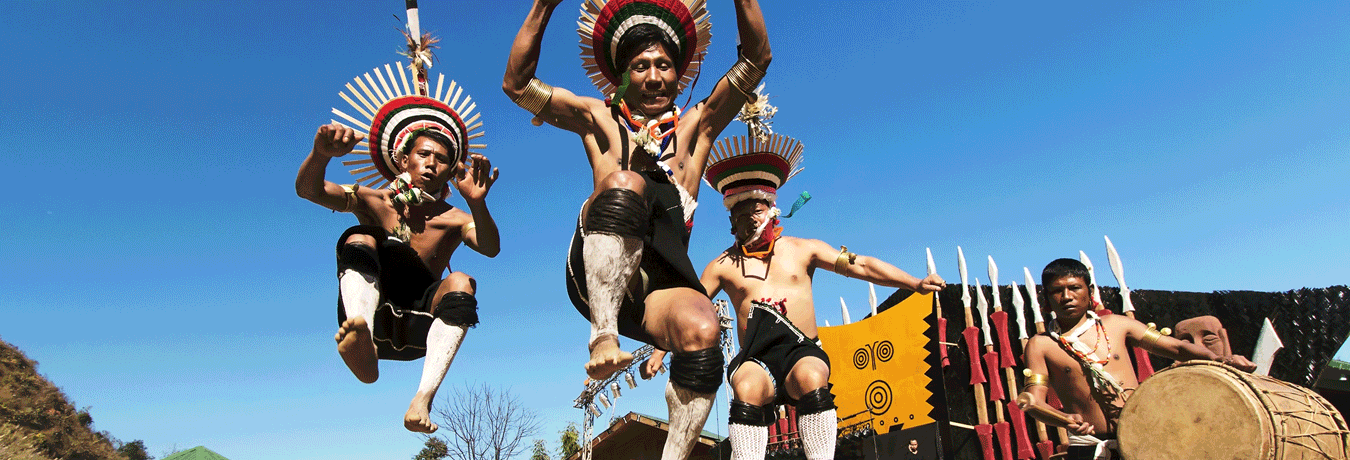
Treasuring and nurturing a consummate blend of varied social beliefs, religions, rituals and festivals – India is an incredibly diverse nation and an enigma to many in the world. A nation with the most number of young people in the world, India owes its multiplicity to a variety of colourful cultures, which are represented and celebrated in the form of festivals and fairs across the nation. Some of these festivals and their rituals are simply inimitable and they are zealously celebrated and followed by the people of India. The obvious reason is that most of these bizarre rituals are related to the various social and religious beliefs of the Indians. Over the centuries, these religious beliefs have not only remained the core of the overall cultural progress of India, but they have also paved the path for some unusual practices, which defy any possible logic or explanation. Let us check out some unique festivals of India, which will certainly give you the goosebumps.
Nag Panchami, All-India
Many notable English writers, beautifully described the distinctiveness of India in their books and colloquially referred this nation as the land of snake charmers and jugglers. The modern India has come a long way since those days but has not lost her sheer affection and fascination for snakes. There are innumerable tales about snakes in Hindu mythologies, which also give a legendary title to these serpents in India. Nag Panchami is a festival which is dedicated to the snakes. It is one of the most important festivals, which is celebrated across the nation during the month of Shravan or July/August. Monsoon rains soak the greater part of India during these two months and force snakes to come out of their holes that get inundated with water. To start the celebration, people bring poisonous snakes to temples. Then, they feed and worship them without removing their venomous fangs. It is believed that snakes do not bite on this festival. After praying to these snakes, people offer rats and milk to them and finally set them free.
In 2016, Nag Panchami falls on 7 August (Sunday)
Karni Mata Festival, Rajasthan
This festival is celebrated in the renowned Karni Mata temple of Bikaner, Rajasthan. This is the only temple in the world, where devotees offer prayers to thousands of rats and feed them! According to the popular belief, mystic Karni Mata was a reincarnation of the Goddess Durga and had supernatural powers, which she used to help the poor people. Once she disappeared, her house was established as a temple by the devotees. Priests of the temple believe that the house is around 600 years old and the rats which live in this temple are children of the Goddess Durga and one can attain salvation by offering prayers to them. The Karni Mata temple is situated in the Deshnok town in Bikaner.
When: This festival is celebrated twice a year during the months of March-April and October-November, during Navratras, according to the Hindu calendar.
Thaipusam Festival, Tamil Nadu
This festival is strictly not for the faint-hearted. Besides Tamil Nadu, this festival is also celebrated in some Southeast Asian countries like Singapore, Sri Lanka and Thailand. The related rituals of this festival are based upon the concept of embracing self-inflicted pain to attain purity. To celebrate this festival, Hindu devotees put themselves through some excruciating pain by piercing the various parts of their bodies. It is believed that by receiving pain, one can wash away his sins and seek the blessings of the God Almighty. For outsiders, this festival would appear like a brutal treatment of the human flesh as the devotees torment themselves to a great extent by piercing their bodies with skewers and hooks. According to the mythological beliefs, once the Goddess Parvati gave a spear to another God called Murugan to kill a demon. Well, this festival is celebrated to mark that occasion. Devotees start the festival by chanting prayers and mantras before reaching a state of trance. This is followed by a few days of fasting and finally with the ritual of body piercing. Some devotees take the torture of the flesh to the next level as they try to pull heavy objects, including tractors with the hooks of their skin. Some folks also impede speech by piercing their tongue to pray to the God with the utmost concentration.
Where: Palani, Tamil Nadu
When: In 2016, this festival begins on 24th January
Bani Festival, Andhra Pradesh
This festival defies the very logic, which is related to the concept of celebration. Hundreds of lathi-wielding devotees come from the far and wide corners of Andhra Pradesh and Karnataka and gather in the courtyard of a temple to hit each other! Armed with these lathis or wooden sticks, these devotees hit each other on the head at midnight to mark the beginning of this celebration. This festival is celebrated at the Devaragattu Temple in the Kurnool district of Andhra Pradesh. Innumerable devotees hit each other badly and the celebration continues until the dawn of a new day. This event presents scenes, which appear barbaric, as many participants soak in their own blood and some of them receive grave injuries. According to the mythological tales, this unique festival is celebrated to commemorate the killing of a mighty demon by the Lord Shiva. Authorities also deploy policemen, not to obstruct the celebration, but to control the frantic crowd.
When: October/November
Agni Kheli, Karnataka
It is an 8-day festival, which is celebrated at the Kateel Durga Parameswari Temple in Mangalore during the month of April. Known as the fire festival, it attracts hundreds of devotees, who come from the various corners of Karnataka to participate in this bizarre fireball slinging celebration. The celebration starts with the devotees dividing into two teams and then they indulge in fireball throwing ceremony. Interestingly, the participants wear nothing but loincloths when they face a barrage of fireballs in this festival. If someone catches fire, his teammates spray holy water on him. This water is known as Kumkumarchane. This festival not only poses a grave danger to the participants but also to the spectators.
When: April
Theemithi, Tamil Nadu
Though, it has become a worldwide phenomenon these days, the fire-walking ritual actually started in Tamil Nadu and later on spread to other countries like Singapore, Sri Lanka and South Africa. This festival is called Theemithi. It is a part of a large ceremony and rituals, which are celebrated over a period of a two-and-a-half month. Devotees gather on a ground and walk barefoot on a bed of embers. This festival is celebrated in the honour of Draupadi, who was the wife of the Pandavas -according to the mythological book Mahabharata. It is believed that Draupadi walked across a bed of embers after the battle of Mahabharata and emerged unscathed. The celebration involves re-enactment of the same ritual to seek the blessings of the Goddess.
When: During the months of October and November.
Puli Kali, Kerala
This festival is celebrated in the Thrissur district of Kerala. The rituals of this festival present a mesmerizing spectacle, which is about some sizzling colours and raw energy of the participants. Trained artists perform during this festival, which is celebrated on the fourth day of Onam, one of the biggest festivals of South India. The participants paint themselves in bright colours like yellow, red and black – then dance to the traditional folk beats in the streets of Thrissur. The participants dress in tiger print garments and use the makeup to appear like tigers. Each year, thousands of people gather in the streets of this district to enjoy this enthralling spectacle.




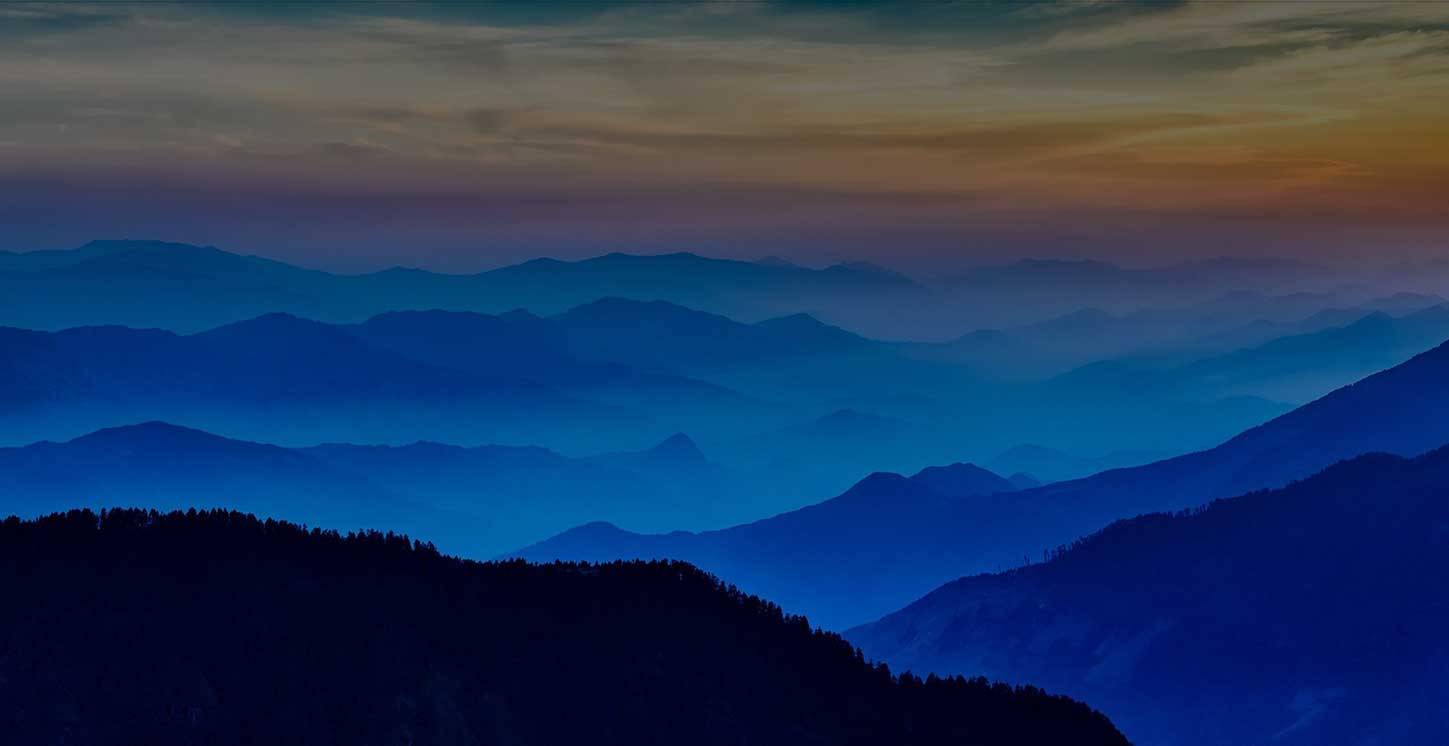
 +1-(765)-586-1210
+1-(765)-586-1210 +44-2030-2689-44
+44-2030-2689-44 +91 124 4361906
+91 124 4361906
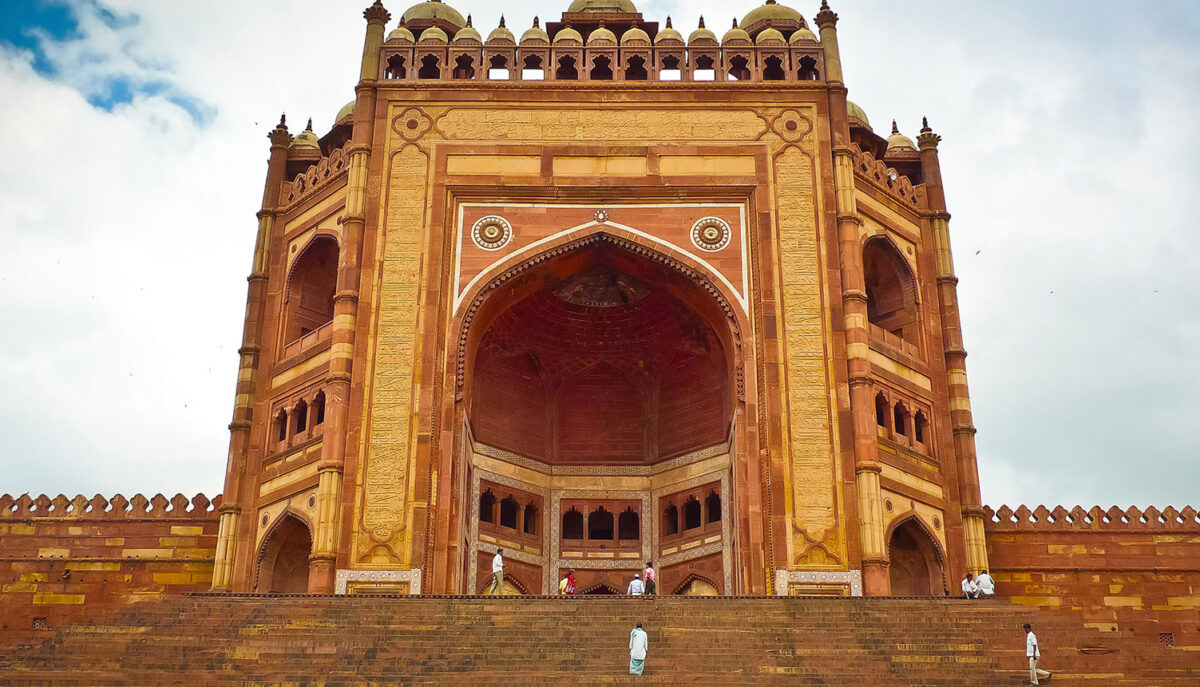
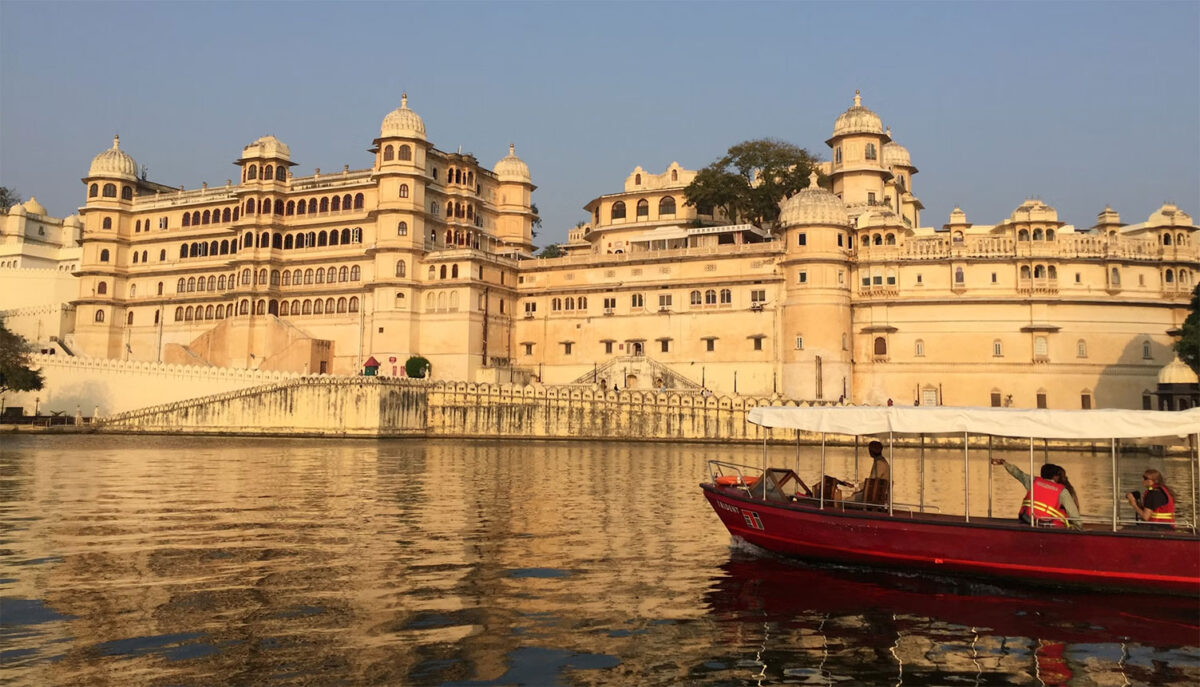

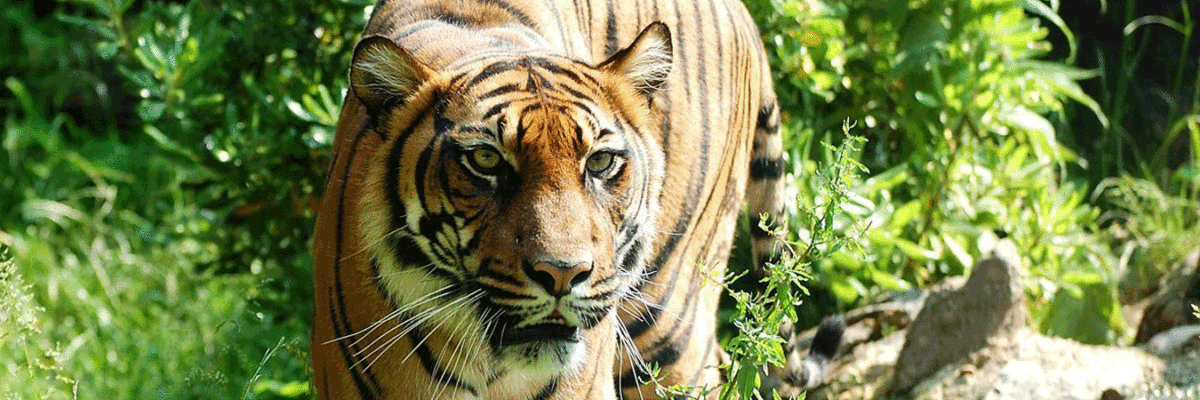
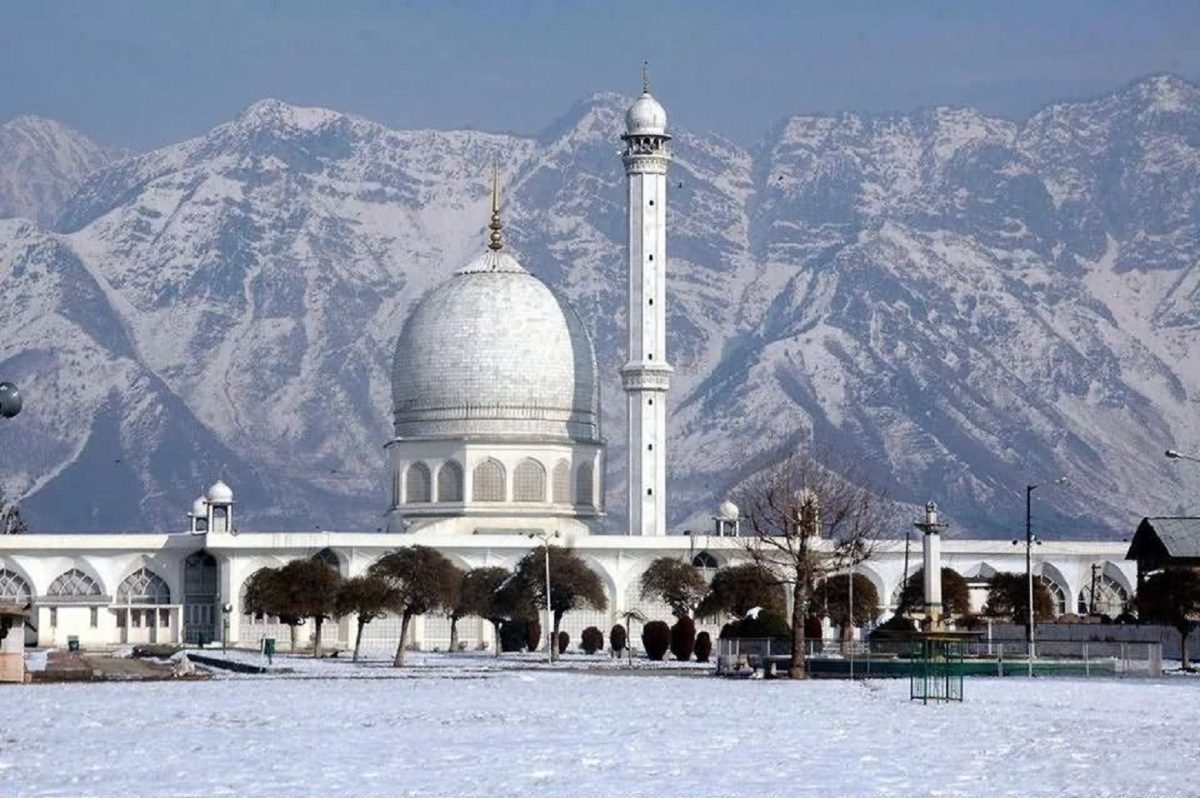
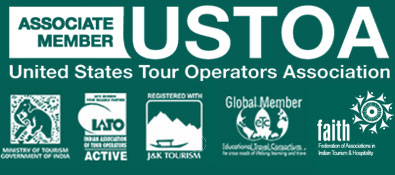

 +1-(765)-586-1210
+1-(765)-586-1210 +44-2030-2689-44
+44-2030-2689-44
